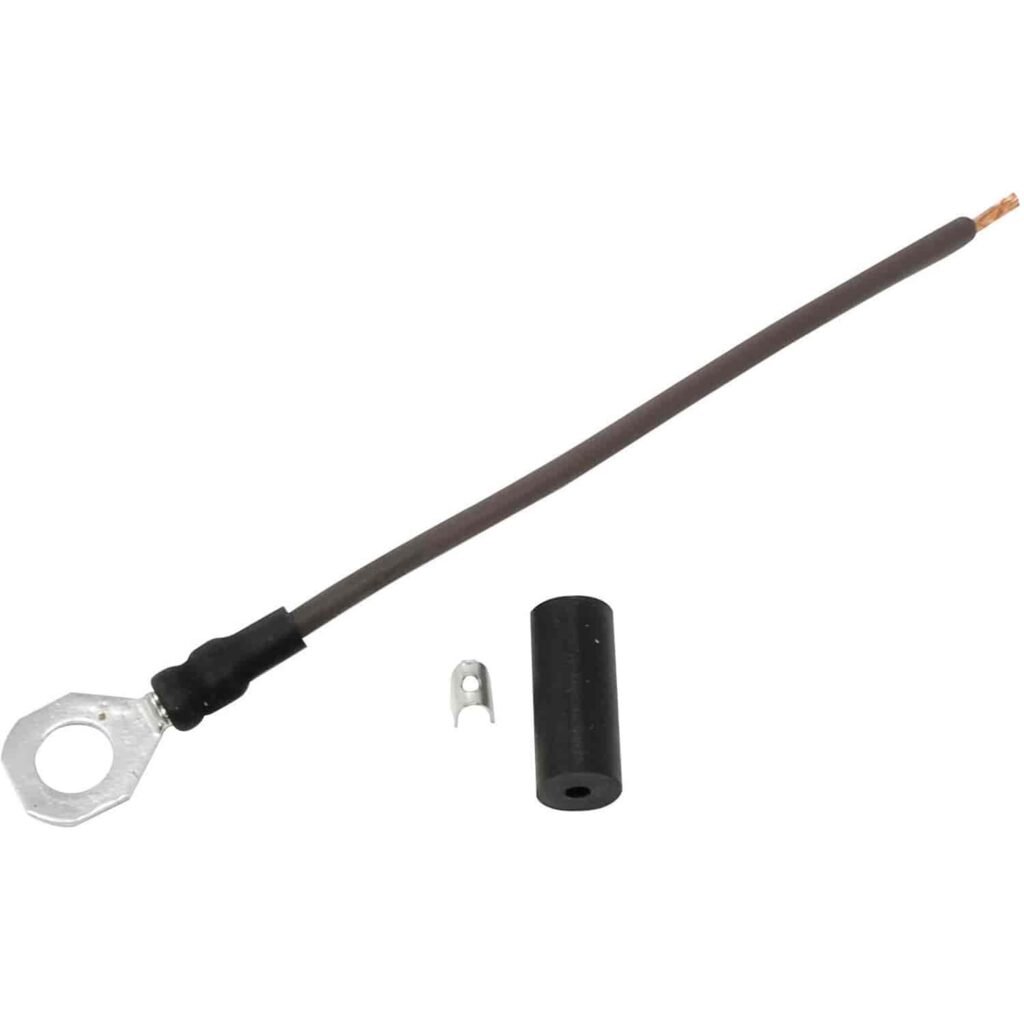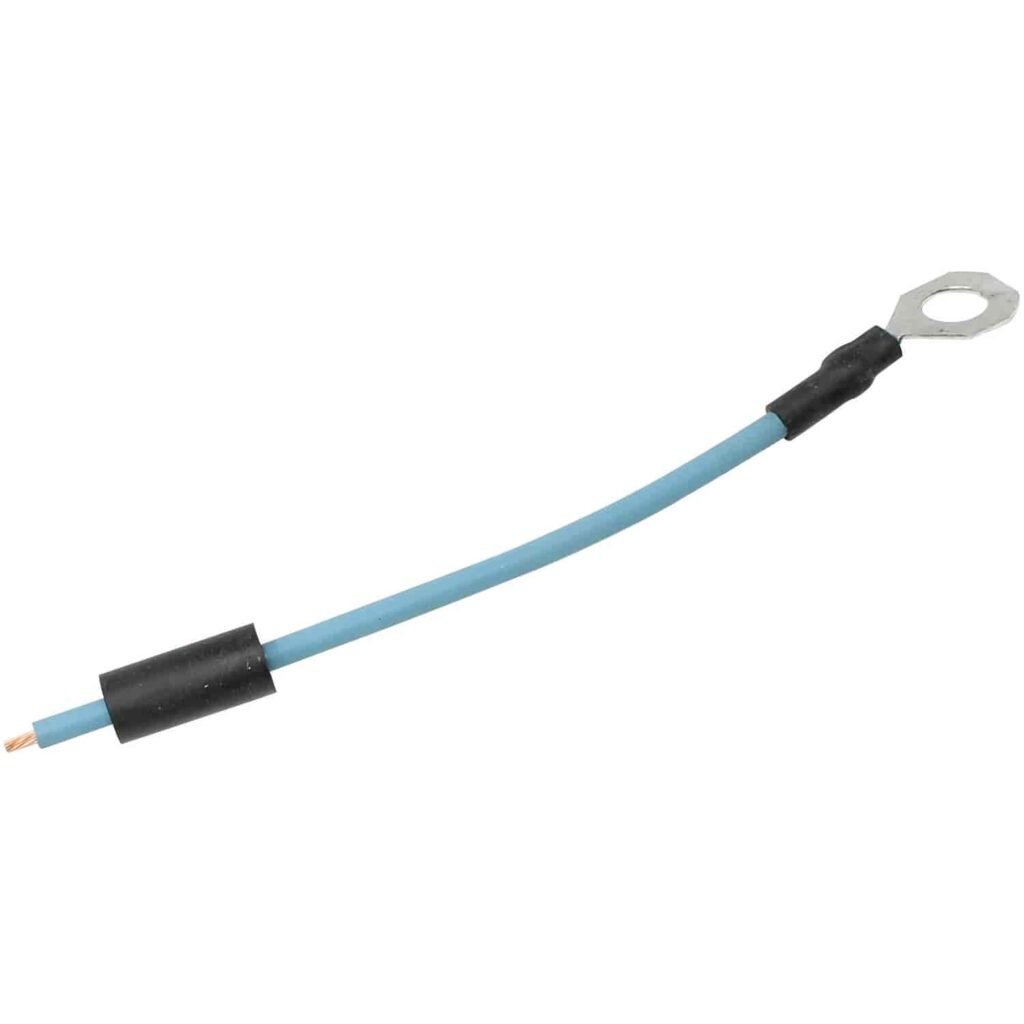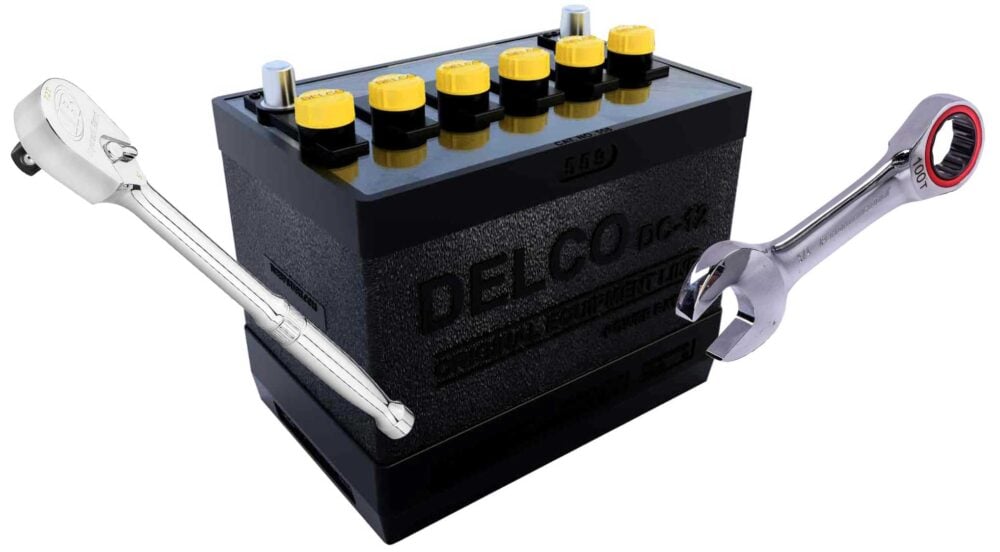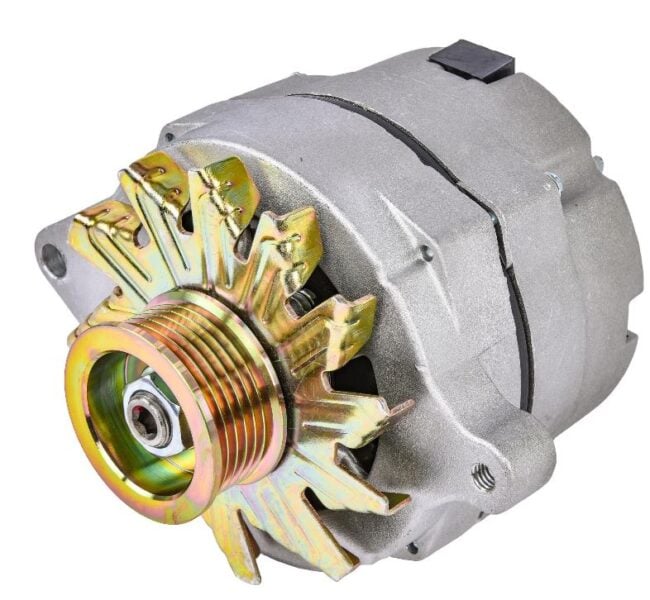Sign up now to join the JEGS email newsletter and be the first to learn about new products, special deals and e-mail only offers!


In the world of automotive electrical systems, there are various components that play crucial roles in ensuring smooth and safe operations. One such component is the fusible link. Often overlooked, the fusible link serves as a protective device, guarding against potential electrical hazards. In this article, we will delve into what a fusible link is, its importance, how to diagnose issues, and when it's necessary to replace it.
A fusible link is essentially a special type of electrical wire that acts as a sacrificial link in an automotive electrical system. It is designed to break or melt under excessive electrical loads or in the event of a short circuit. Its purpose is to protect sensitive electrical components and prevent damage to the wiring harness, as well as minimize the risk of fire.
Typically, you will find a fusible link installed between the alternator and the battery. This location is critical as it ensures that the power generated by the alternator reaches the battery while safeguarding against excessive current flow.
When a fusible link becomes faulty or blown, it can cause a variety of electrical problems in your vehicle. Here are some common signs to watch out for:

Sign up now to join the JEGS email newsletter and be the first to learn about new products, special deals and e-mail only offers!

Replacing a fusible link is relatively straightforward once you have identified the faulty link. Here are the steps to follow:
Understanding the role of a fusible link in your vehicle's electrical system is vital for maintaining a reliable and safe driving experience. By recognizing the signs of a faulty fusible link and knowing how to replace it, you can address potential issues promptly. Regular inspections and maintenance will help ensure the proper functioning of the fusible link, protecting your vehicle's electrical components and preventing potentially costly repairs. Remember, when it comes to electrical systems, it's always better to be proactive rather than reactive.




